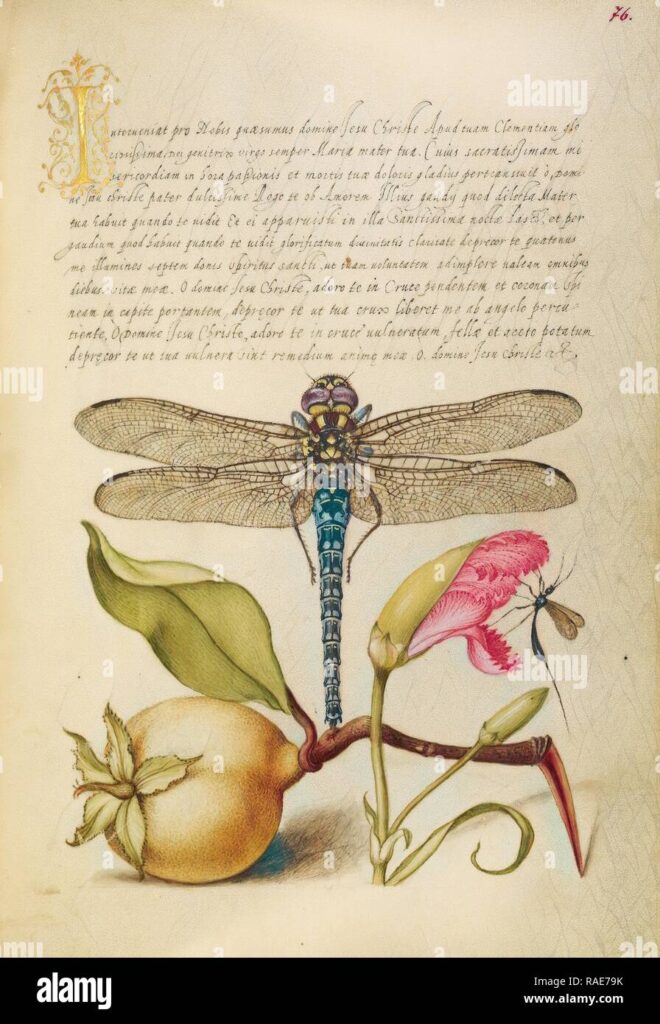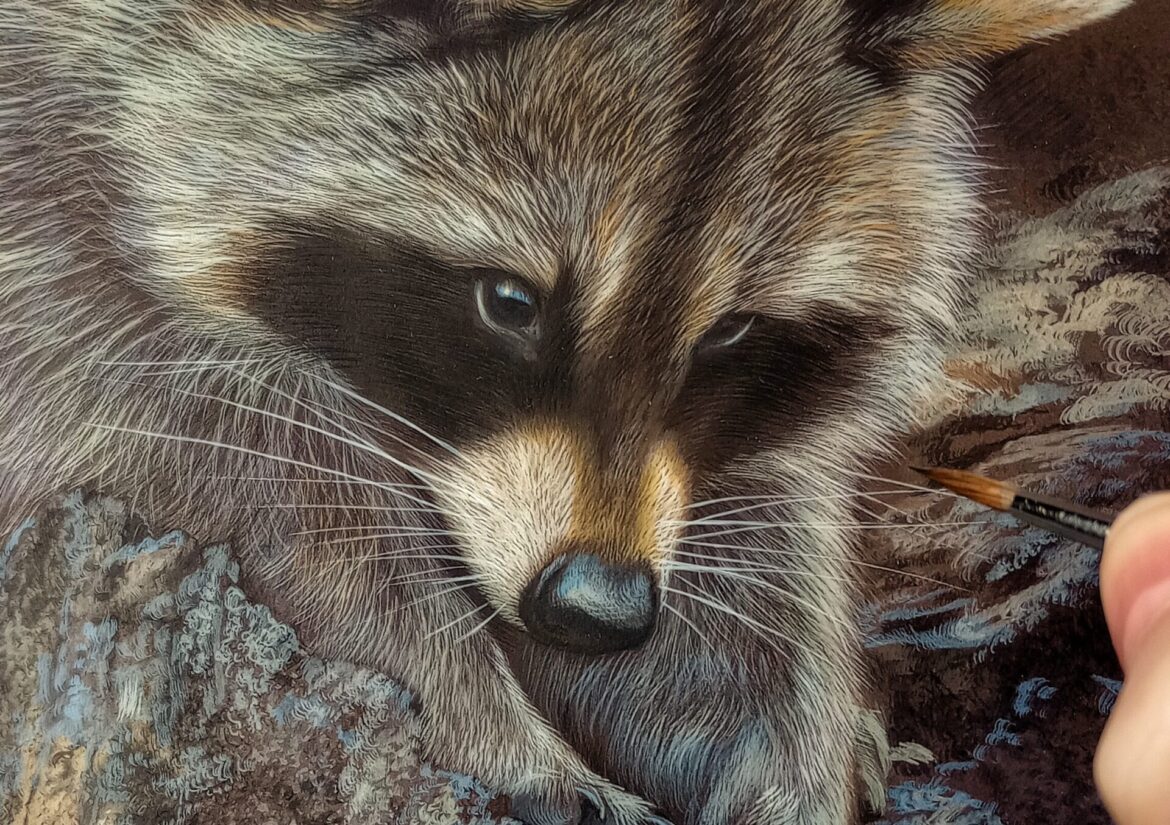The definition of miniature art has evolved over time, leading to some confusion and misconceptions about its true nature. Historically, the term “miniature” in art referred to a specific technique rather than size. It derives from the Latin “miniare” (to color with red lead) and “minium” (red lead paint), originally used in illuminated manuscripts.
However, linguistic shifts have complicated this definition. The French word “miniature,” meaning small, has influenced modern interpretations, leading some to associate miniature art primarily with size. This dual meaning has resulted in diverse approaches to miniature art exhibitions and definitions.
Today, we see a spectrum of interpretations:
- Traditional approach: Focuses on the meticulous technique and fine detail, regardless of size.
- Size-centric approach: Emphasizes small scale, often with specific dimensional limits.
- Hybrid approach: Combines both technique and size considerations.
All these interpretations have validity within their contexts. Some modern exhibitions feature smallness as a key criterion, while others focus solely on technique. Many attempt to balance both aspects of “miniature.”
However, the propagation of a singular “true” miniature standard, often based on arbitrary size limitations or scale rules (such as the 1/6th scale rule), can be problematic. This narrow definition risks excluding many legitimate works and entire cultural traditions from the miniature art category.
Renowned experts, including faculty members of the Victoria & Albert Museum in London, emphasize that miniature paintings are not inherently restricted to smallness. The authors of “The English Miniature” (Yale University Press) note that some miniatures are even considered gigantic. This flexibility in size has been a hallmark of miniature art throughout its long history, from ancient Egyptian manuscripts to medieval illuminated texts and beyond.

The propagation of a “true” miniature standard, often based on arbitrary size limitations or scale rules (such as the 1/6th scale rule), is both inaccurate and potentially harmful. This narrow definition excludes many legitimate works and entire cultural traditions from the miniature art category. For instance, it fails to account for the rich traditions of Indian, Persian, and Ottoman miniature paintings, which often do not conform to these restrictive Western standards. Even within the traditionally small sized miniature portraits genre, we see they did not limit their work as seen in Nicholas Hilliard’s celebrated paintings and paintings in the collection of the National Galleries of Scotland.
Moreover, this limited view allows a small group to position themselves as superior practitioners, unfairly diminishing the work of artists who don’t adhere to these arbitrary rules. This approach is not only misleading but also borders on cultural insensitivity by artificially excluding entire artistic traditions from the miniature art category. In reality, traditional miniature painting is defined by its technique – the meticulous attention to detail, the smoothness of the painted surface, and the ability to withstand magnification while maintaining artistic integrity. These qualities can be achieved in works of any size, from palm-sized paintings to wall-sized masterpieces.
By embracing a more comprehensive understanding of miniature art, we can better appreciate the full spectrum of this diverse art form. This includes works that showcase meticulous detail and precision, regardless of scale, as well as those that capture the essence of miniature through their small size, even if they employ a more impressionistic or less detailed style.
Miniature art is a rich and varied field that encompasses multiple traditions, techniques, and interpretations. It’s time to recognize and celebrate this diversity, acknowledging both the historical roots in detailed craftsmanship and the more recent focus on small scale. Whether it’s a highly detailed work that can withstand magnification, a tiny impressionistic piece, or a larger work created using traditional miniature techniques, all have a place within the broad umbrella of miniature art.
By adopting this inclusive perspective, we can foster a more vibrant and diverse miniature art community, one that respects historical traditions while embracing contemporary interpretations. This approach not only honors the skill and creativity of artists working in various styles and scales but also ensures that the rich cultural heritage of miniature art continues to evolve and thrive in all its forms.
